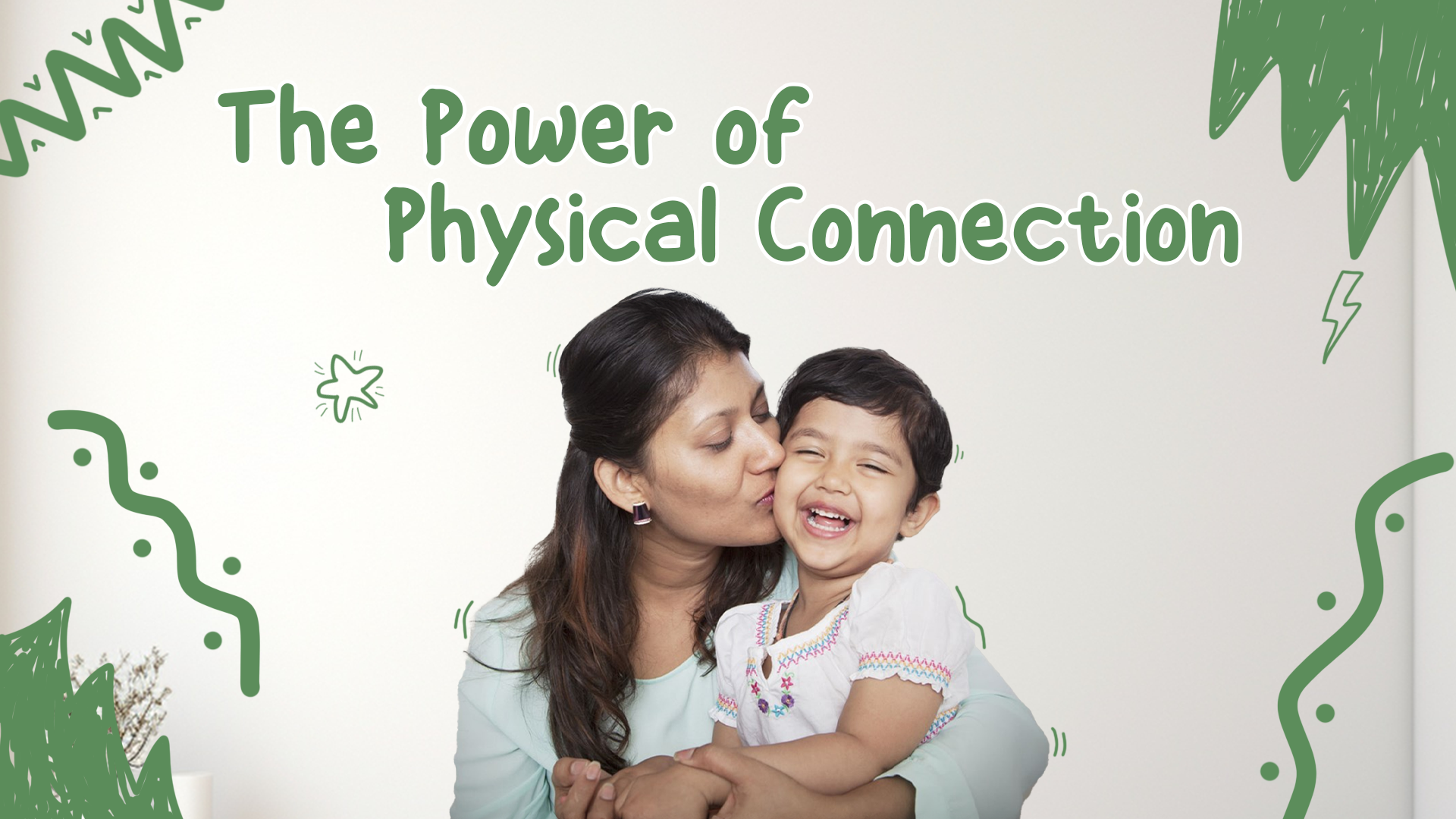Questions to Consider
How often do you incorporate physical touch into your daily routine with your child?
What types of playful activities do you enjoy together that strengthen your bond?
How do you manage your child’s stress during challenging moments, and what role does physical presence play?
Physical connection is a cornerstone of emotional development in children, playing a vital role in cultivating a sense of security, joy, and resilience. As parents and caregivers, understanding the significance of physical touch can transform our interactions and strengthen our bond with our little ones. Let’s explore why this connection matters and the science behind it!
1. Hugs for Security
Embracing our children daily can significantly impact their sense of security. Research shows that physical touch releases oxytocin, often called the “love hormone.” This hormone promotes feelings of trust and safety and reduces stress and anxiety levels. Regular hugs can create a nurturing environment where children feel valued and protected.
2. Playful Touch
Engaging in playful activities—like tickling, wrestling, or roughhousing- builds emotional bonds. Studies indicate that laughter and playful interactions stimulate the release of Endorphins, the body’s natural feel-good chemicals. These interactions create joyful memories and teach children about social cues and appropriate boundaries.
3. Gentle Cuddling
Quiet moments spent cuddling provide a powerful emotional boost. Cuddling triggers the release of Serotonin, which enhances mood and promotes feelings of well-being. When we cuddle, we’re reinforcing the idea that our children are loved and cared for, enhancing their emotional resilience and ability to cope with challenges.
4. Hands-on Help
Offering hands-on help with tasks—like holding their hand while they navigate a tricky puzzle—provides physical support and builds confidence. This gentle touch reinforces their belief in their abilities. Research has shown that children who receive consistent physical guidance are more likely to develop a positive self-image and higher self-esteem.
5. Calming Presence
In challenging moments, holding a child’s hand or giving them a reassuring squeeze can provide immense comfort. This physical support helps reduce Cortisol levels, the stress hormone, allowing children to feel more secure in times of distress. Being physically present, we help our children learn to manage their emotions and develop resilience.
The Science Behind Physical Connection
Research highlights the critical role of physical touch in emotional development. Children who experience regular physical affection tend to exhibit better emotional regulation and social skills.
A study published in the journal “Child Development” found that children who received consistent physical affection showed greater emotional stability and fewer behavioural problems.
Hormones at Play:
– Oxytocin: Enhances bonding, and reduces anxiety.
– Endorphins: Promotes happiness and relief from stress.
– Serotonin: Boosts mood, and contributes to emotional well-being.
– Cortisol: Reducing levels through physical connection leads to better stress management.
Let’s not underestimate the power of touch and nurture our children’s emotional development together!
Stay tuned with Mom’s Belief for such informative pieces – Our team of experts customizes plan & trains you well to meet all the developmental goal of your child- India’s largest Holistic Healthcare Service Provider for Autism & Other Developmental Delays is at work for you!
Do share your experiences and tips with us in the comment section 🙂





